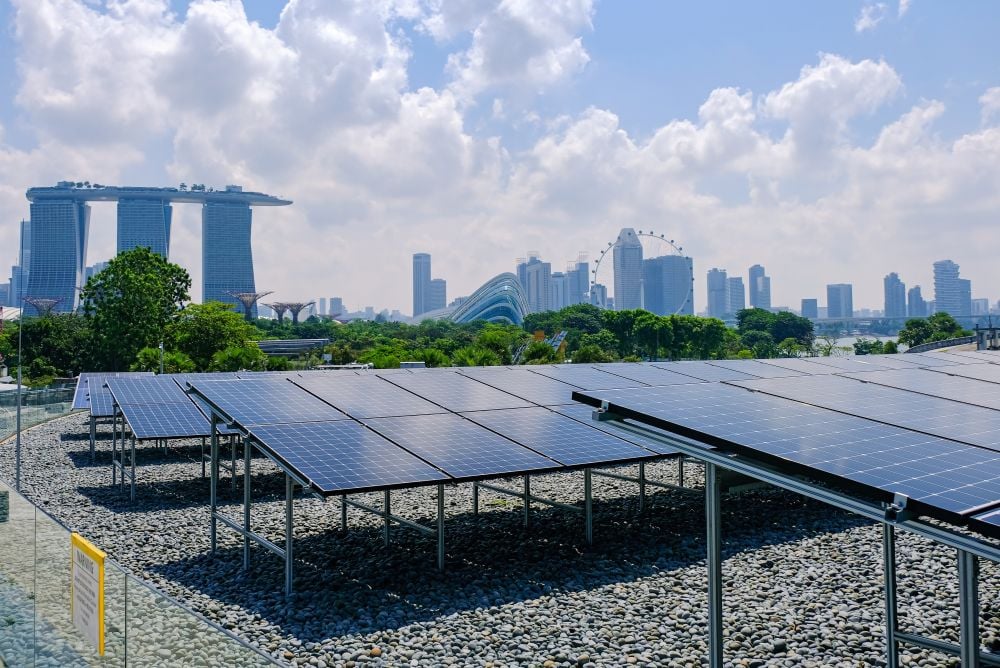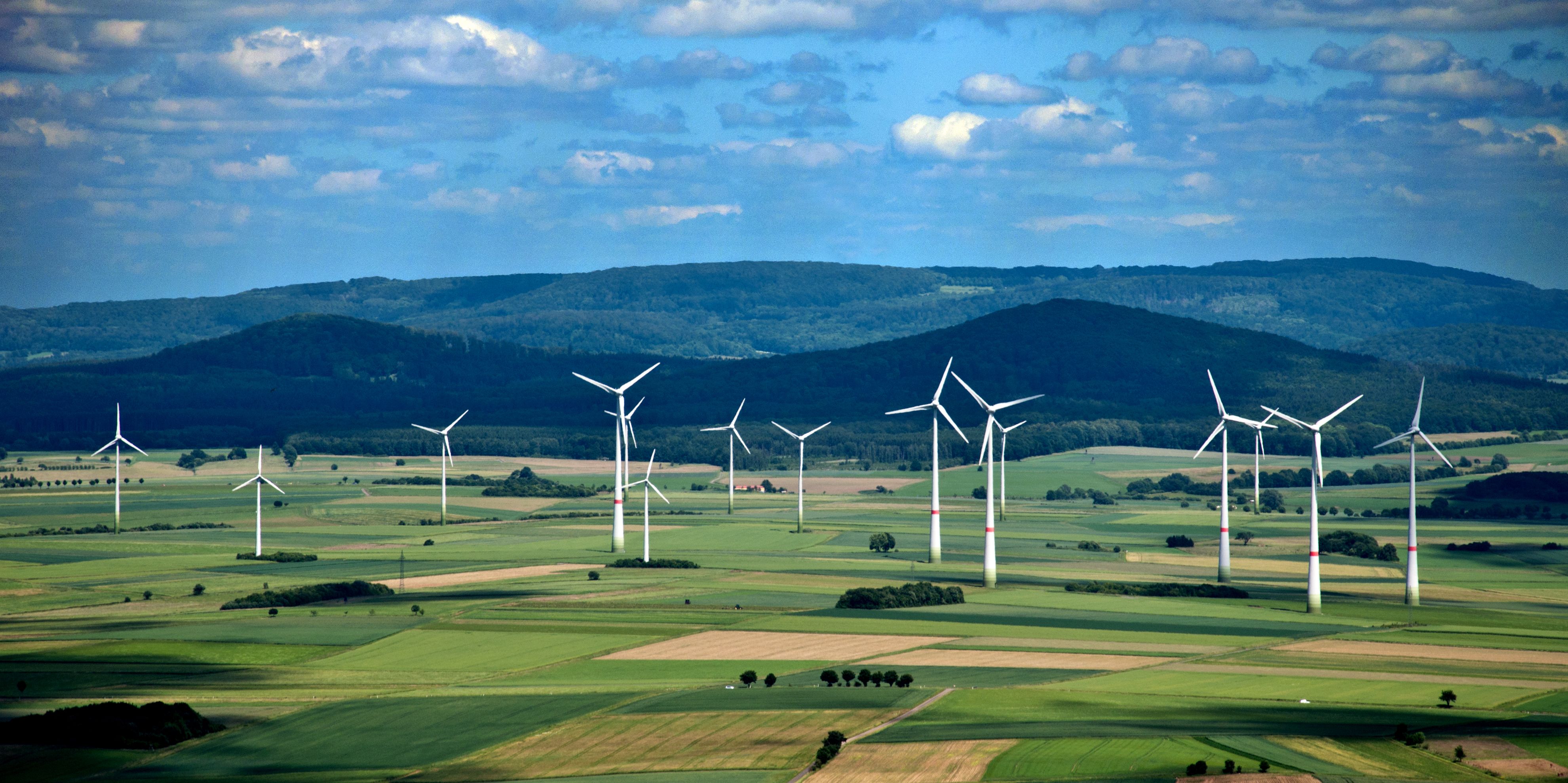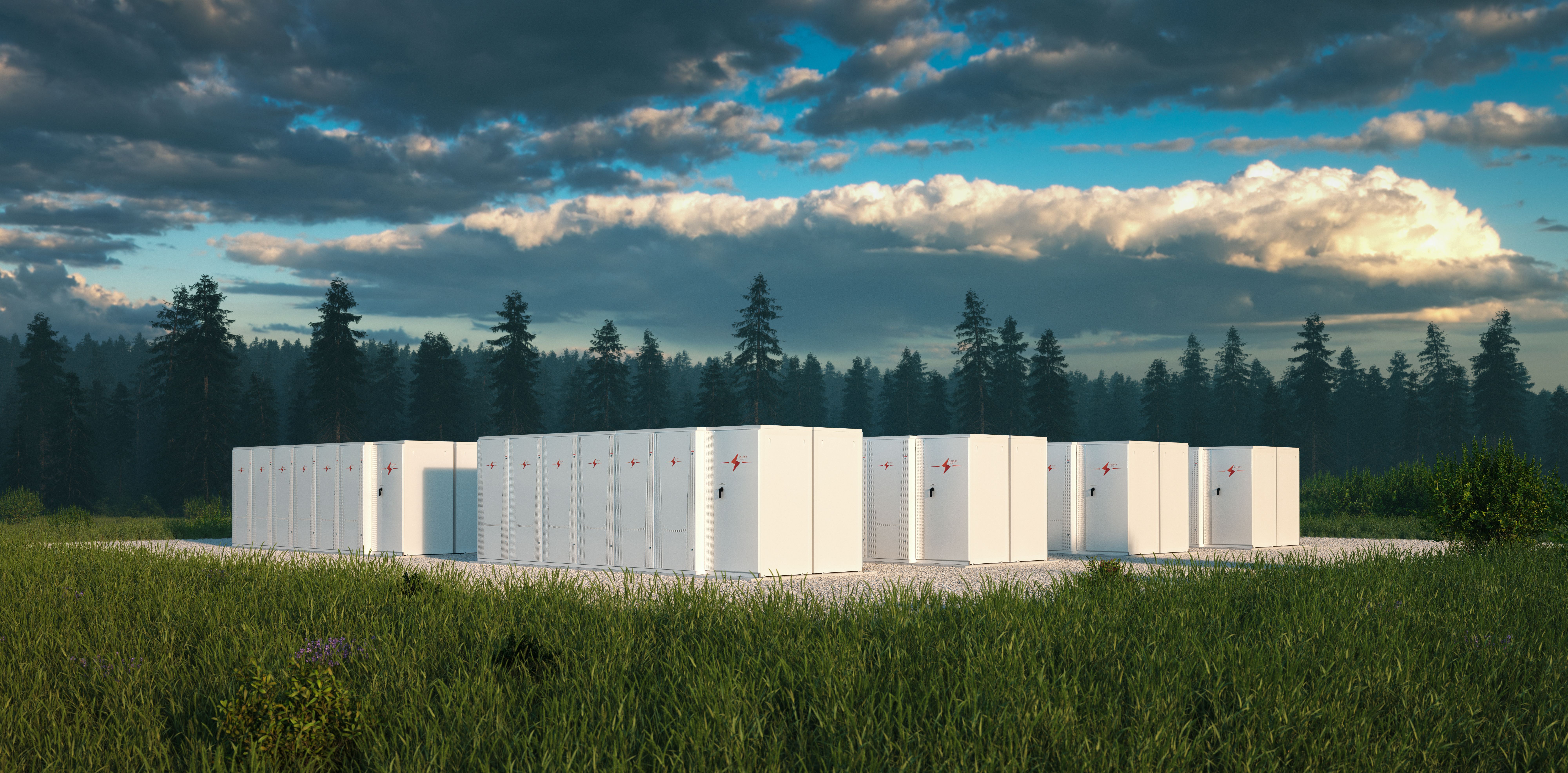Industry experts believe with an established offshore wind industry Australia would be capable not only of meeting its own domestic clean energy demands, but also of delivering renewable energy to its Asian neighbours.
While offshore wind energy has been expanding its footprint across Asia-Pacific, Australia has until now lagged behind its regional peers.
In part due to its abundance of coal and natural gas, coupled with government prohibitions, Australia has not tapped into its copious supply of high-quality wind energy. The country does not currently have any operating offshore wind developments.
However, following years of activism by environmental groups, on November 25 the Australian parliament finally approved a number of new laws to support the country’s offshore electricity infrastructure.
The move means Australia is set to become the next country to incorporate offshore wind energy into its efforts to expand the supply of renewable power.
After the three bills passed the final stage in the Senate establishing the regulatory framework for offshore electricity infrastructure projects, Australia’s minister for industry, energy and emissions reduction, Angus Taylor, said: “This legislation will accelerate a number of key projects already under development and the government’s offshore electricity infrastructure package will create thousands of skilled regional jobs, strengthen our economy, and support a more affordable and secure energy system.”
Fast emerging sector
With the legislation a number of projects are now expected to be ramped up including the Star of the South wind project off the coast of Victoria, and Sun Cable, which plans to deliver solar power from the Northern Territory to Singapore.
Another Australian company Oceanex Energy is developing a portfolio of offshore wind farms with the intention of being at the forefront of transitioning Australia to a large-scale renewable energy future.
The firm currently has five projects planned off the coast of New South Wales and Western Australia with a total installed capacity of almost 10 gigawatts (GW), mainly using floating foundations.
The sites include a number of areas less than 100 kilometres from shore, in water depths of less than 1,000 metres. The locations are also within 100km of sub-stations and transmission lines and are not in environmentally regulated areas.
With the country boasting one of the world’s longest coastlines and the vast majority of its population living within 100km of the coast, all the elements are in place to enable Australia to be a leading global offshore wind hub.
The projects under development are estimated to be worth over A$10 billion (US$7.12 billion) and could create over 10,000 direct and indirect jobs.
Climate emergency
According to a report from the government-backed Blue Economy Cooperative Research Centre, Australia has abundant and high-quality offshore wind resources in these locations.
The report also points out that Australian offshore wind resources are comparable to already established industry areas such as the North Sea.
The motivations for developing an offshore wind industry in Australia are well-defined.
Both institutional and private investors are divesting from traditional fossil-fuel industries and will continue to do so. Renewable energy assets that meet environmental, social and governance (ESG) and sustainability compliance standards are attracting massive inflows.
Also, Australia is on the front line of the climate emergency as witnessed by the ferocious bush fires that ravaged the country in 2019.
And as public demand grows for more renewable energy sources in the country, building, establishing and supporting an offshore wind industry will give the Australian government a valuable resource to steer it away from the carbon-heavy coal power stations.
As in other jurisdictions, the renewable energy industry in Australia also has the potential to become a sizeable employer by tapping into the skills and expertise that transfer between traditional fossil fuel energy suppliers and the clean energy sector.









